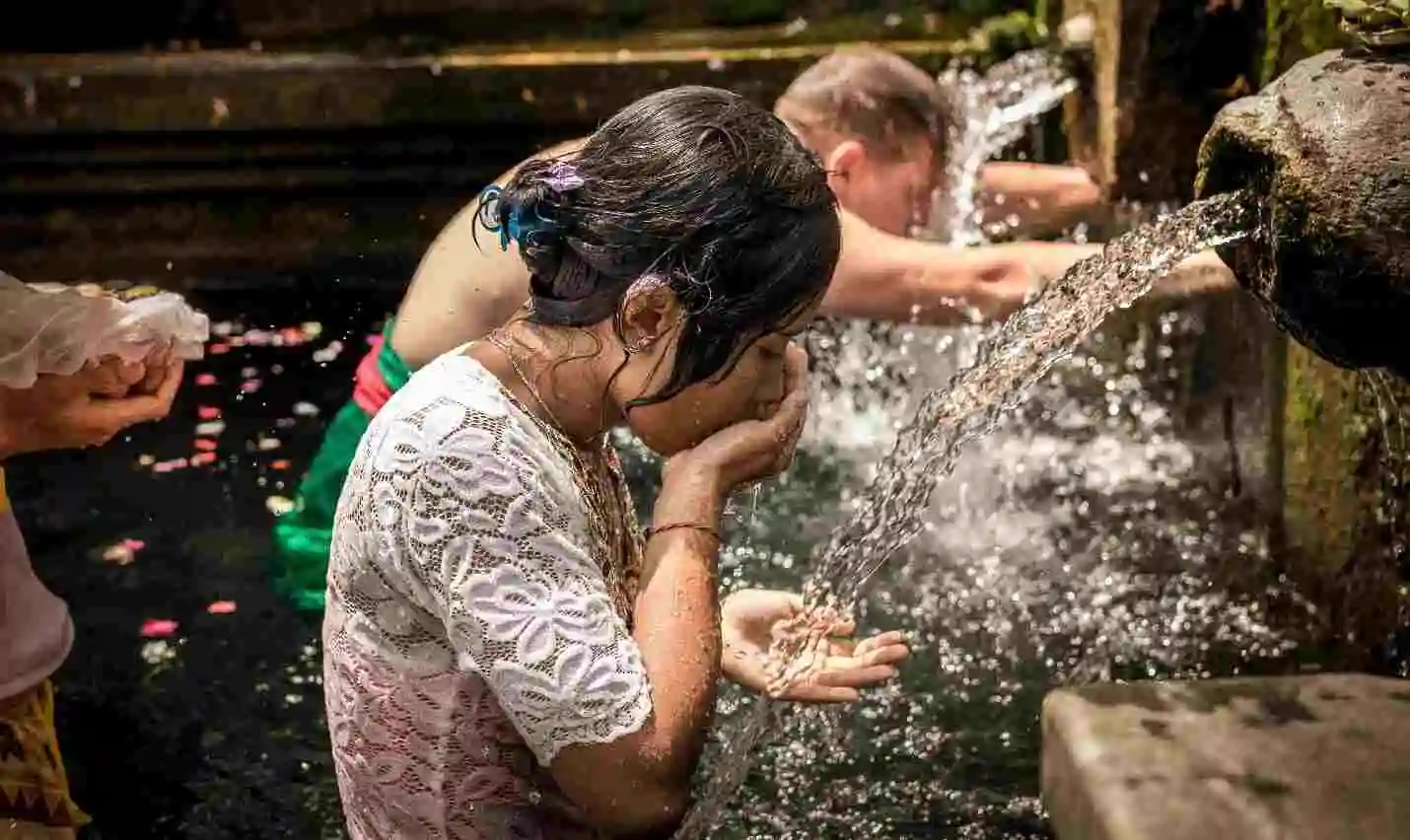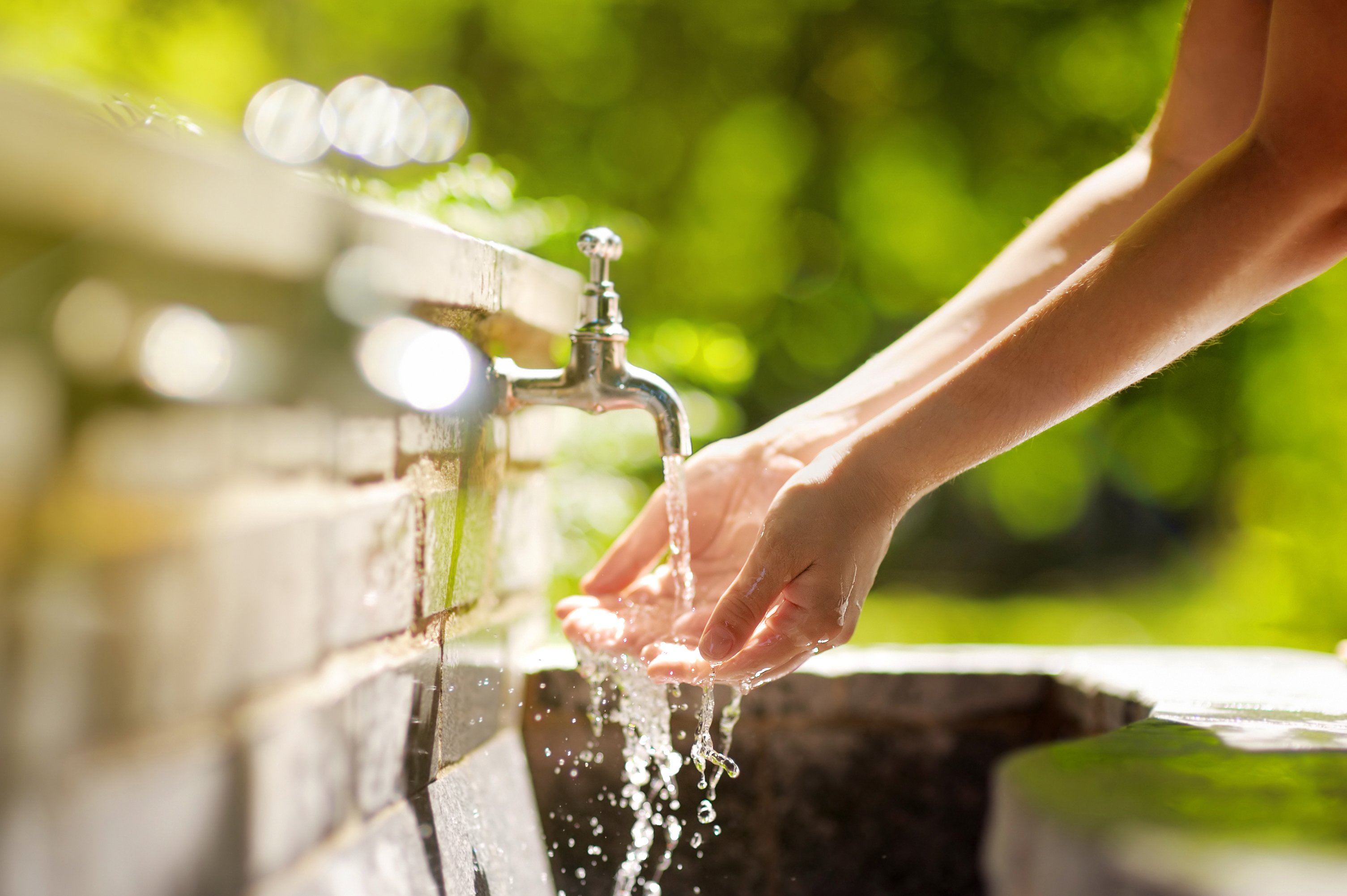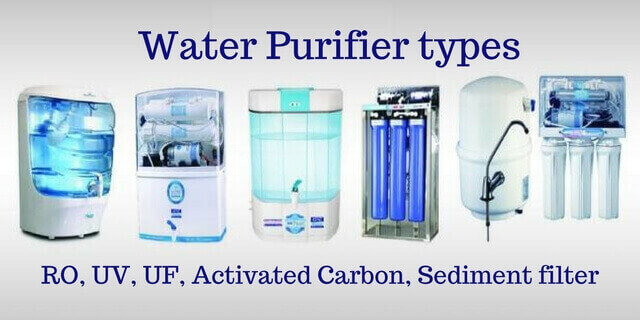Water treatment and purification are among the most important steps in ensuring safe, clean water for residential and commercial use. At the same time, many people may think that treating and purifying water is only necessary for areas where the water is known to be contaminated. Even treated and purified water can contain harmful contaminants that can cause health problems.
That’s why it’s important to have a reliable water treatment and purification system in place, whether you’re using public or private water supplies. A good system will remove all contaminants from the water, including bacteria, viruses, heavy metals, and chemicals.
There are several different water treatment and purification systems available on the market today, so it’s important to choose one that fits your specific needs. The right system will be reliable, efficient, and affordable.
If you’re not sure which system is right for you, contact a water treatment specialist for help. They can assess your needs and recommend the best system for your home or business. Water treatment along with metering pumps aims to produce water that is fit for a particular purpose. The three main purposes of potable water treatment are:
– to provide safe and palatable drinking water;
– to protect public health by reducing the incidence of waterborne diseases; and
– to control nuisance organisms such as algae, bacteria, and protozoa.
Several different techniques have been developed to achieve these goals, including clarification, flocculation, sedimentation, and filtration, disinfection, and corrosion control.
Importance of water purification to human health
Water purification is removing undesirable chemicals, biological contaminants, suspended solids, and gases from water.
Drinking water has been purified throughout human history by using charcoal or other strong solutes. The ancient use of lead as an active ingredient in potable water goes back to the first century AD. In general, “purifying” a water supply means eliminating almost all of the harmless dissolved organic substances as well as eliminating any harmful contaminants that are likely to be found in raw source waters.
Harmful pollutants found in many sources today include bacteria and protozoan cysts, heavy metals such as lead and copper, and herbicides and pesticides (including some which may cause cancer). Radionuclides can be removed from the raw source water to be processed to remove harmful sub-atomic particles, but particle filtration can also deal with their presence.
Drinking water treatment and purification generally consists of three stages: clarification, filtration and disinfection. These are usually accomplished using processes or systems such as settling basins, flocculation, rapid sand filters, activated carbon absorption, lime softening, slow sand filters, ultrafiltration membranes and disinfection byproducts inhibitors (such as chlorine or chlorination).
Water purification methods for producing potable water are generally intended to provide a significant amount of residual disinfectant when the treated water is used. Typical domestic applications include removing undissipated ammonia, which will leave the water “mildly” chlorinated. Inorganic contaminants including arsenic, selenium and nitrate are also reduced to below detectable levels.
Different types of purified water.
There are four main types of purified water: reverse osmosis, distillation, deionization and activated carbon filtration.
Reverse osmosis is a purification process that uses a semipermeable membrane to remove particles, molecules and ions from a solution. It is used to produce high-purity water for medical applications, laboratory use and manufacturing processes.
Distillation is a purification process that involves boiling water and then collecting the resulting vapour. The vapour is then condensed back into liquid form, leaving behind any dissolved impurities in the water. Distillation is used to produce high-purity water for drinking and other purposes.
Deionization is a purification process that uses an ion exchange resin to remove ions from water. It is used to produce high-purity water for laboratory use and other applications.
Activated carbon filtration is a purification process that uses activated carbon to remove particles, molecules and ions from a solution. It is used to produce high-purity water for drinking and other purposes.
Each of these types of purified water has its own unique set of benefits and drawbacks. For example, reverse osmosis produces high-quality water, but it can be expensive to operate; distillation produces purer water than reverse osmosis, but it takes longer to distil a given volume of water; deionization produces the highest quality water but can be expensive to operate; activated carbon filtration is an effective way of removing contaminants from water, but it does not produce as high-quality water as the other purification methods.
Some common causes of impurities in purified water include dissolved air, which causes aeration; chemical compounds such as those found in soap; and microorganisms such as bacteria and protozoan cysts. Activated carbon filtration can remove some – but not all – dissolved gases and chemicals, while distillation and deionization generally cannot remove these types of impurities. Reverse osmosis can remove most – if not all – forms of dissolved gases, chemicals and particles from the raw source water to make it purer for drinking purposes.
In your water softener brine tank, the water level should be somewhat lower than the salt level. This is because the water must come into direct contact with the salt in order for it to absorb and create the correct concentration of brine. So there might be standing water in softener tank. That is why maintaining a constant gap between your two levels is critical.
Phi Phi Islands Face Drinking Water Crisis
Drinking water quality has been amidst crisis in the Phi Phi Islands, Thailand, since the beginning of 2018. The water crisis coincided with the rise of plastic waste on beaches and seafronts and increased tourism activities on the Phi Phi Islands. Even though all five bays on the island were not closed to swimmers due to sea pollution, tourists complained about increased trash washing up on local beaches.
The waste report from Greenpeace, published on September 25th, 2018, counted 17 different types of litter along a 3km stretch of Tonsai beach. 2/3s of them are single-use plastics such as plastic bottles, cups and straws, mostly from touristic areas or from restaurants serving food and drinks directly to customers taking them away from their premises.
The source of drinking water on Phi Phi islands is a single well near the Ton Sai pier. It provides around 100,000 litres of water per day to serve around 10% of the population living on Phi Phi Don & Phi Phi Leh Islands. In March 2018, this facility was found with 90 million bacteria per litre which could cause diarrhoea and vomiting for those who consumed it. According to the Thailand Department of Marine and Coastal Resources representative, this is due to faeces flowing into sea or septic tank leakage that happened in November 2017, affecting overall water quality.
Water Treatment and Purification in Thailand:
There are a few ways to purify water in Thailand, depending on the level of purity desired. Distillation, deionization and activated carbon filtration are all effective methods of purifying water, but each has its benefits and drawbacks.
You have a variety of options to choose the best Water Softener system to soften the hard water. This can be done with a home water softener or a commercial. An activated carbon filter effectively removes contaminants from water, but it does not produce as high-quality water as the other purification methods. Reverse osmosis can remove most – if not all – forms of dissolved gases, chemicals and particles from the raw source water to make it purer for drinking purposes.
If you are looking for a cheap and easy way to purify your water, activated carbon filtration is a good option. However, water treatment, distillation or deionization are better options if you are looking for the highest quality water possible.
Also Check:
Chinese Tourist Slammed for Washing Feet in Hand Basin
Water Filter: Why is it Important to Filter Water Before Drinking?
How to Activate Your Favorite Crypto Bonus Once You Start
⚠ Article Disclaimer
The above article is sponsored content any opinions expressed in this article are those of the author and not necessarily reflect the views of CTN News








